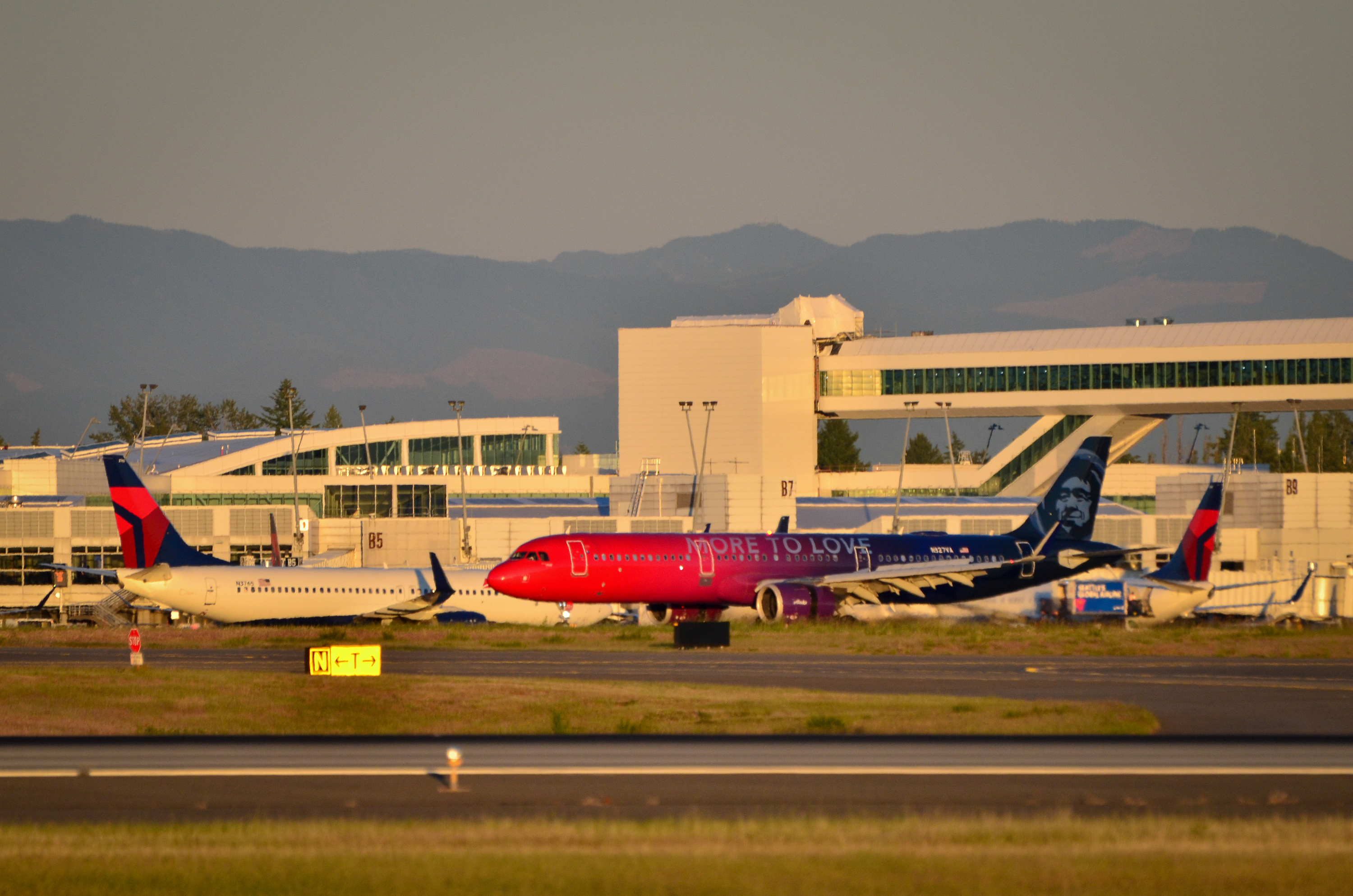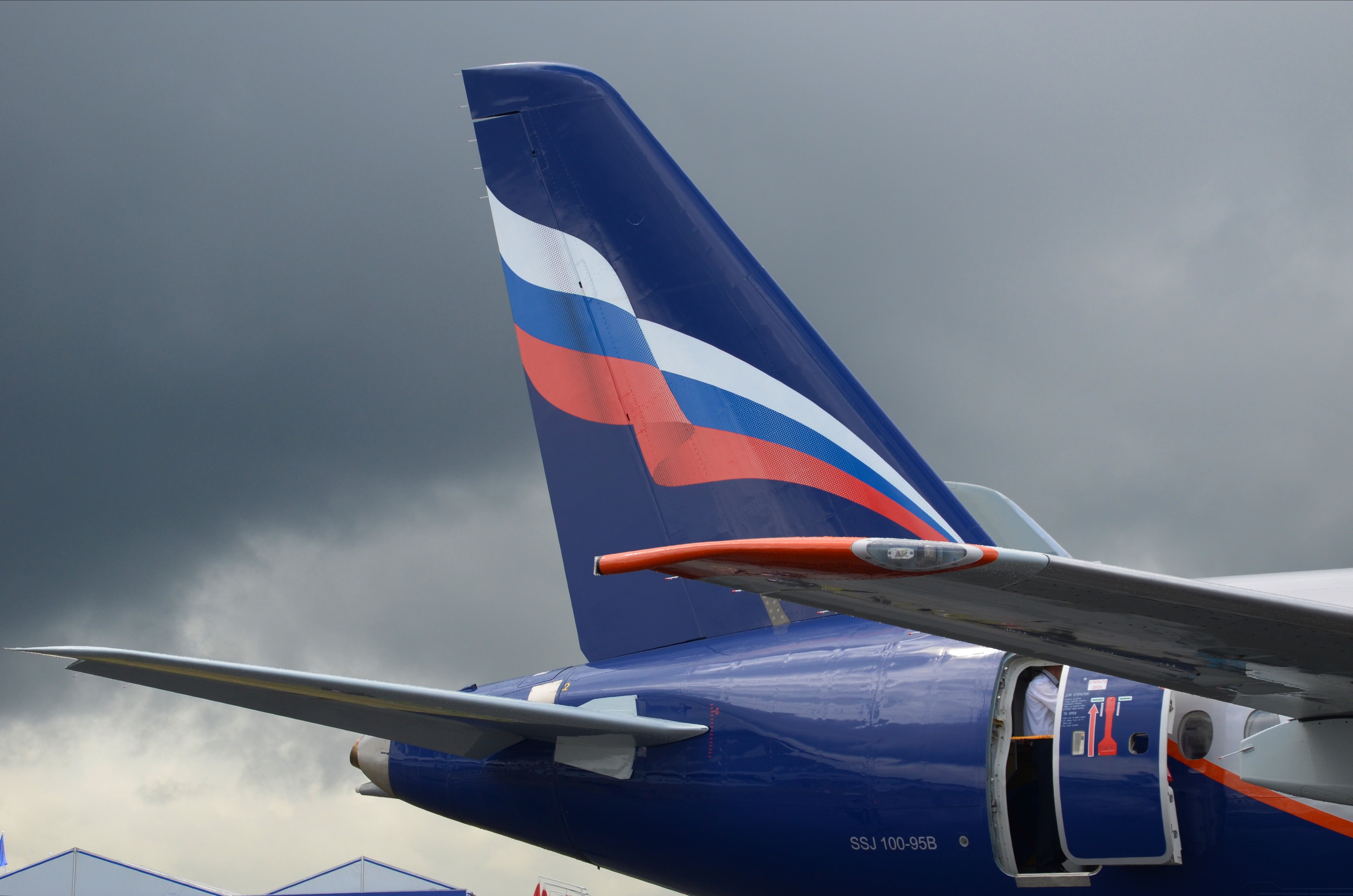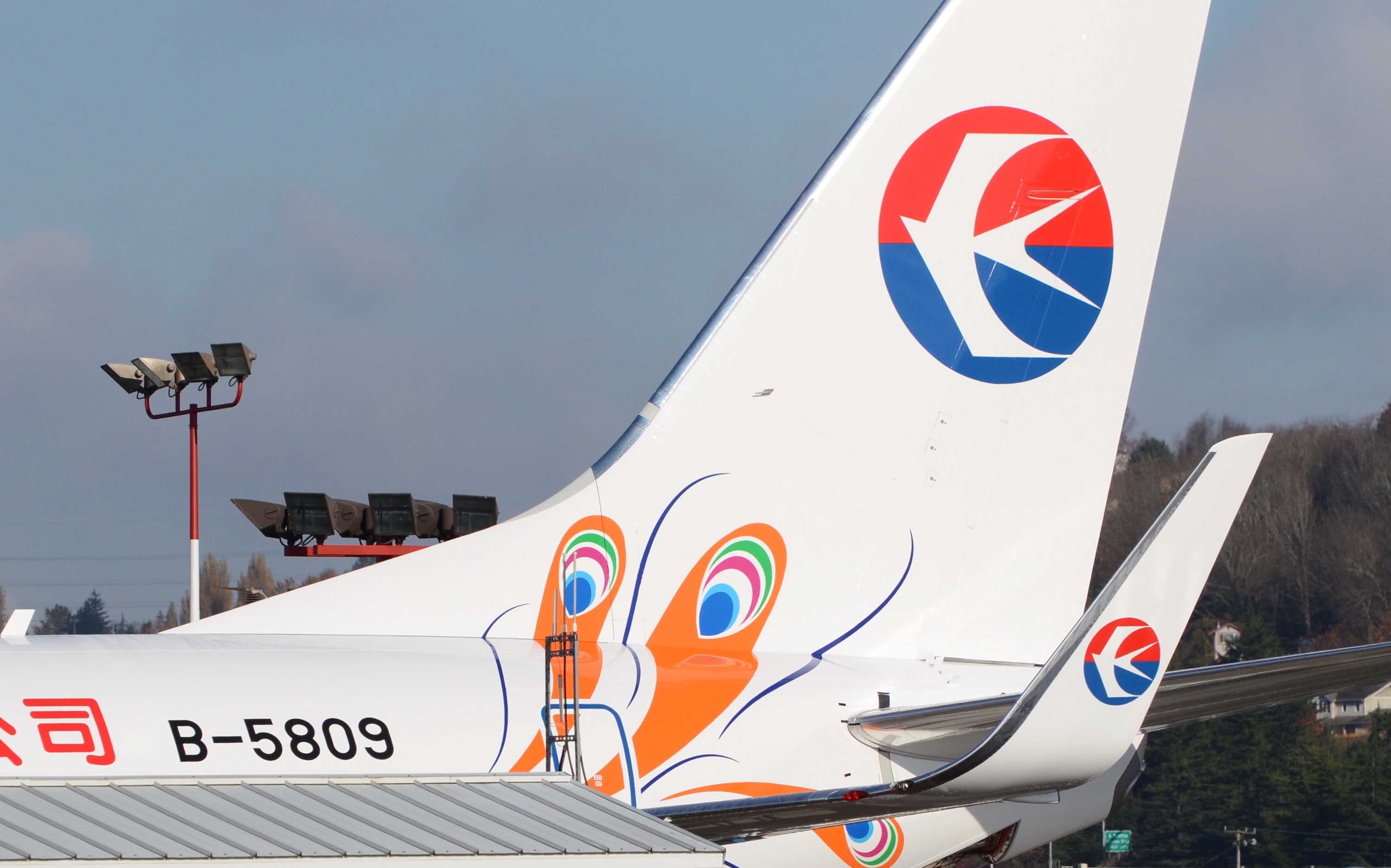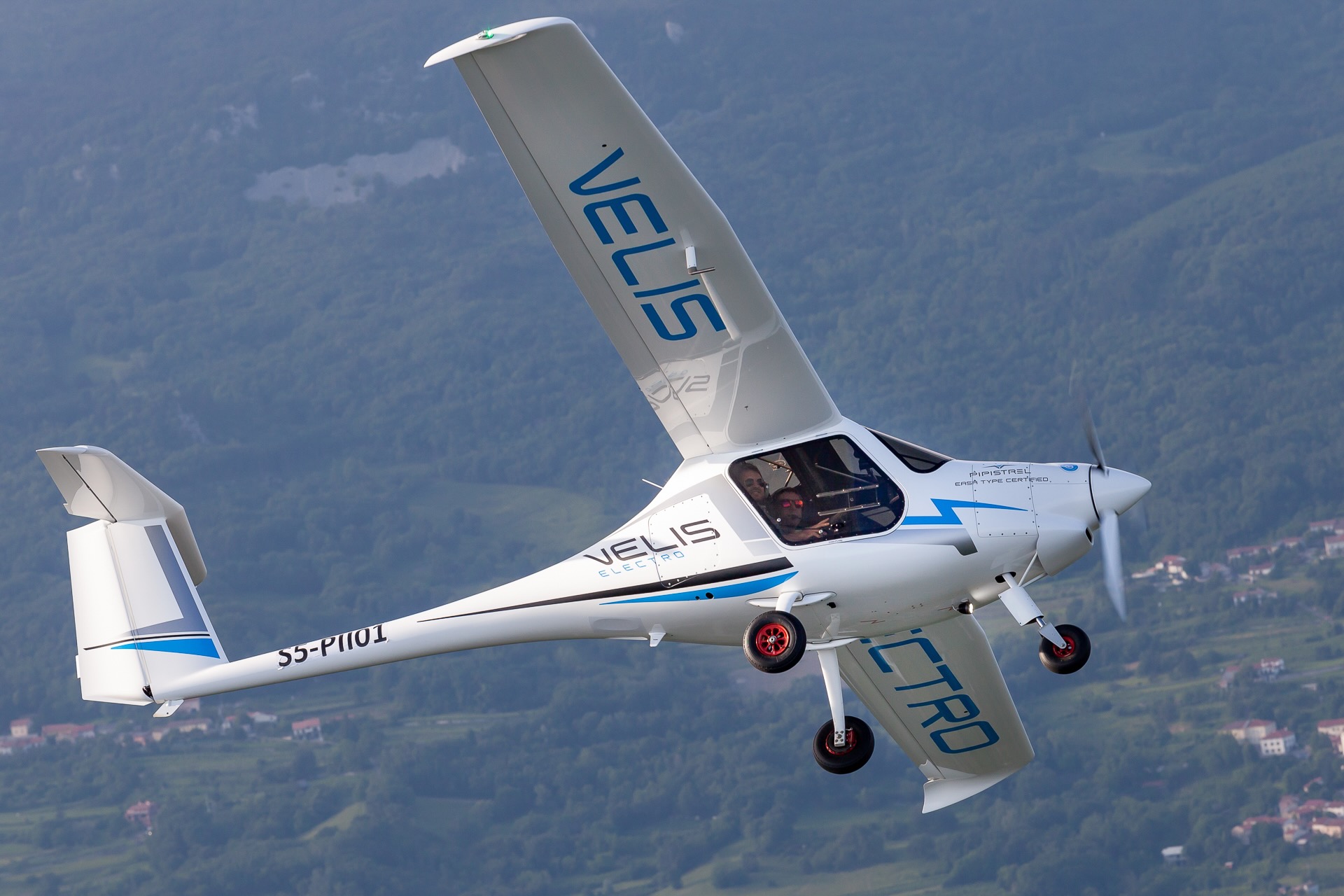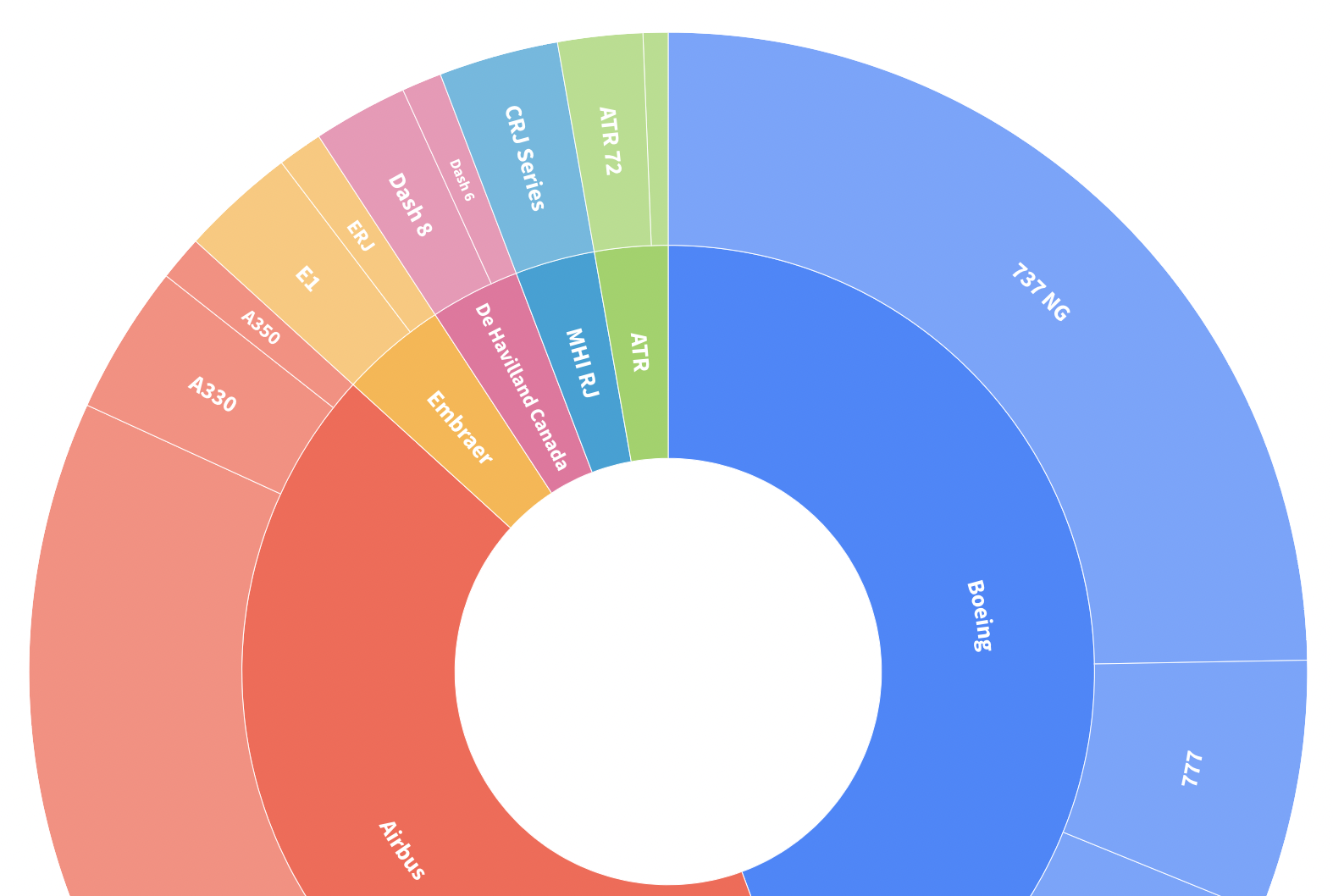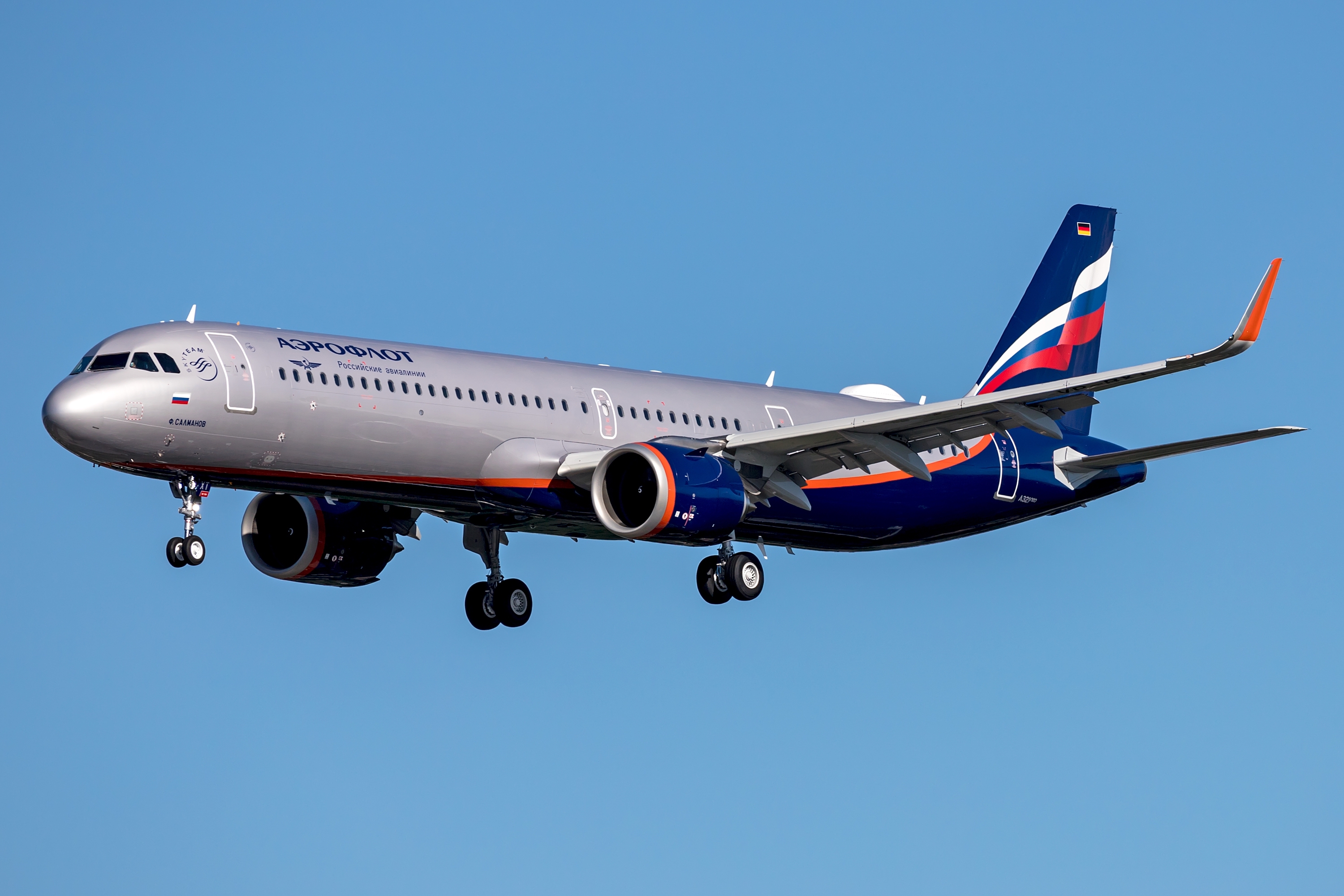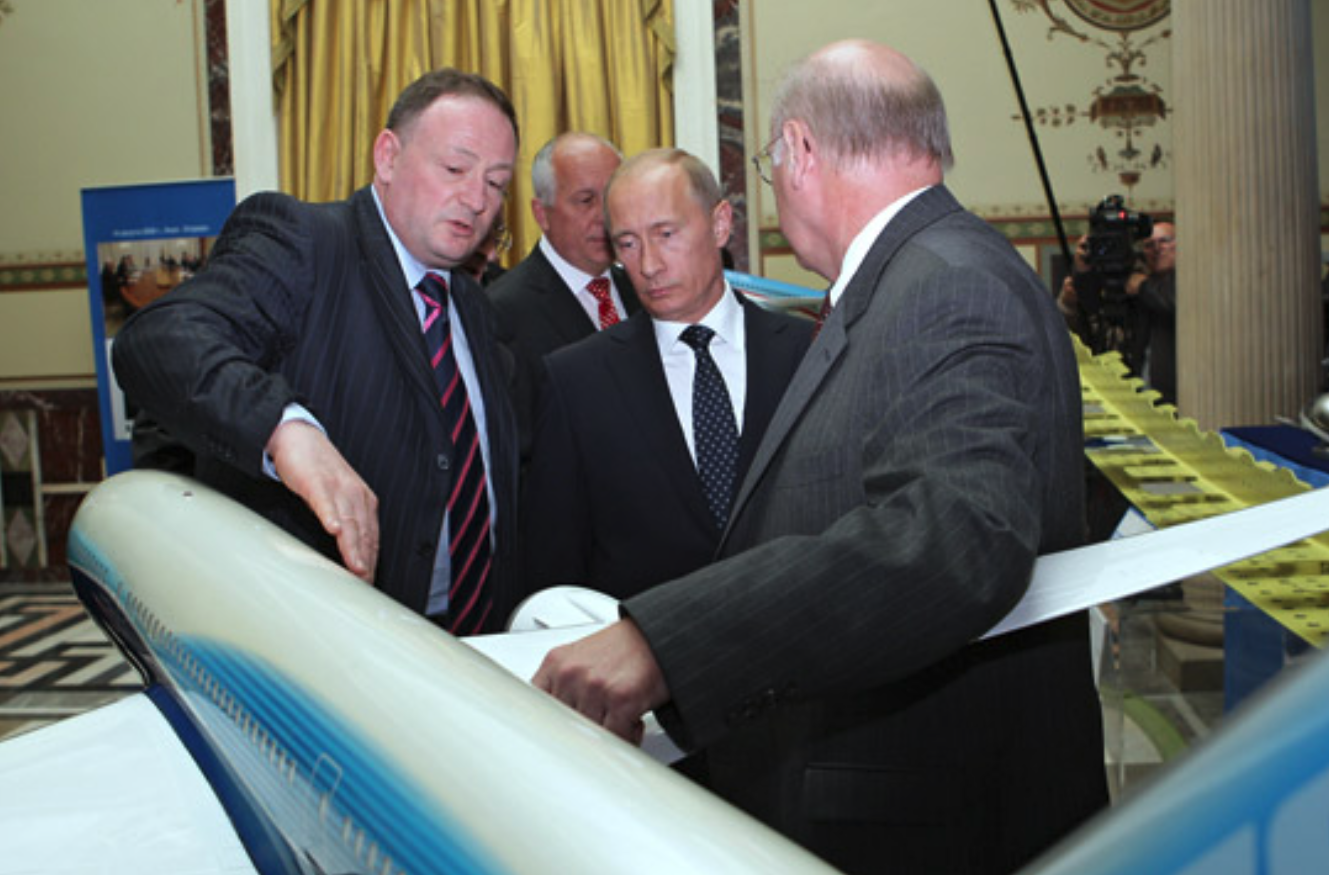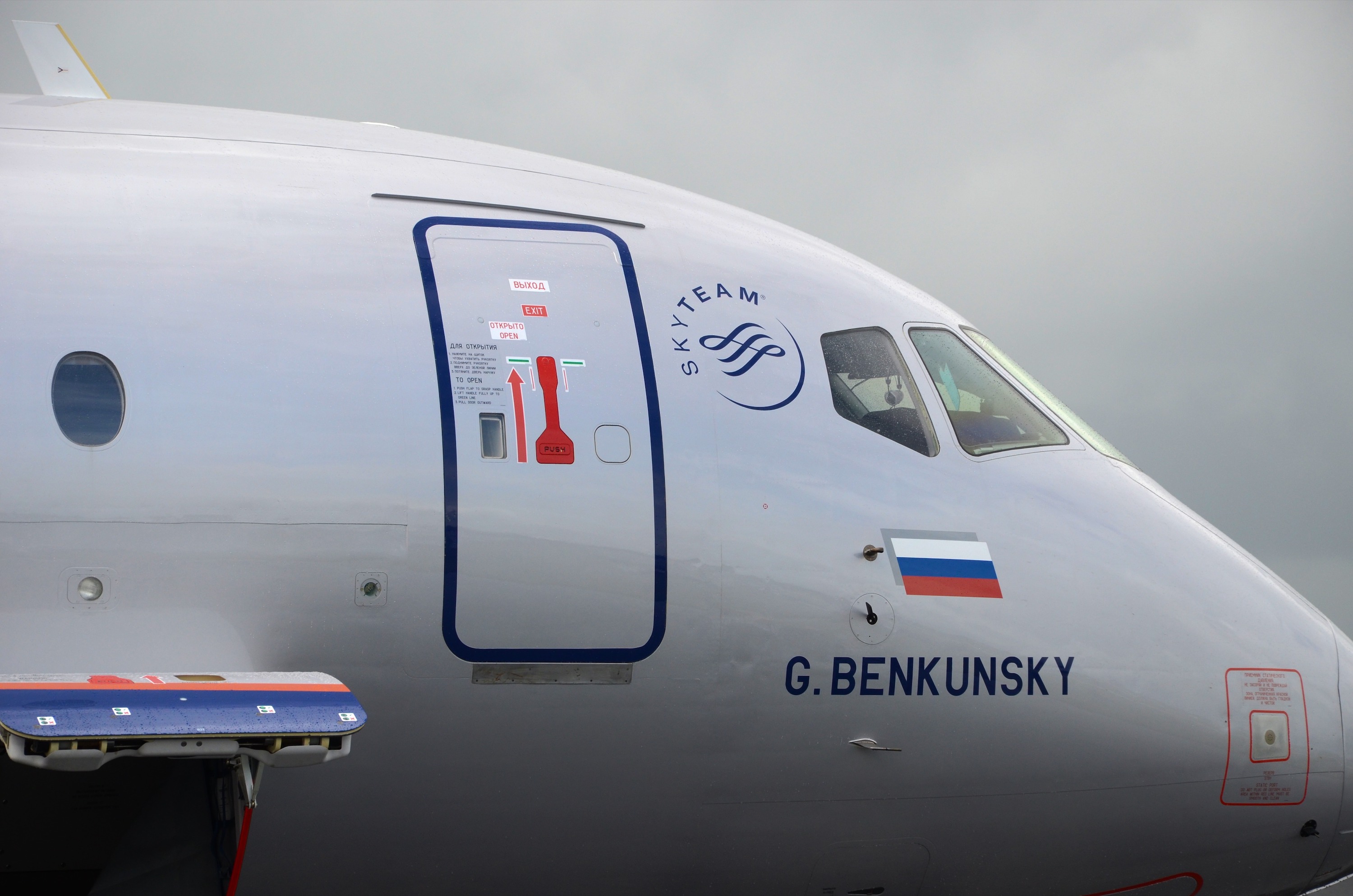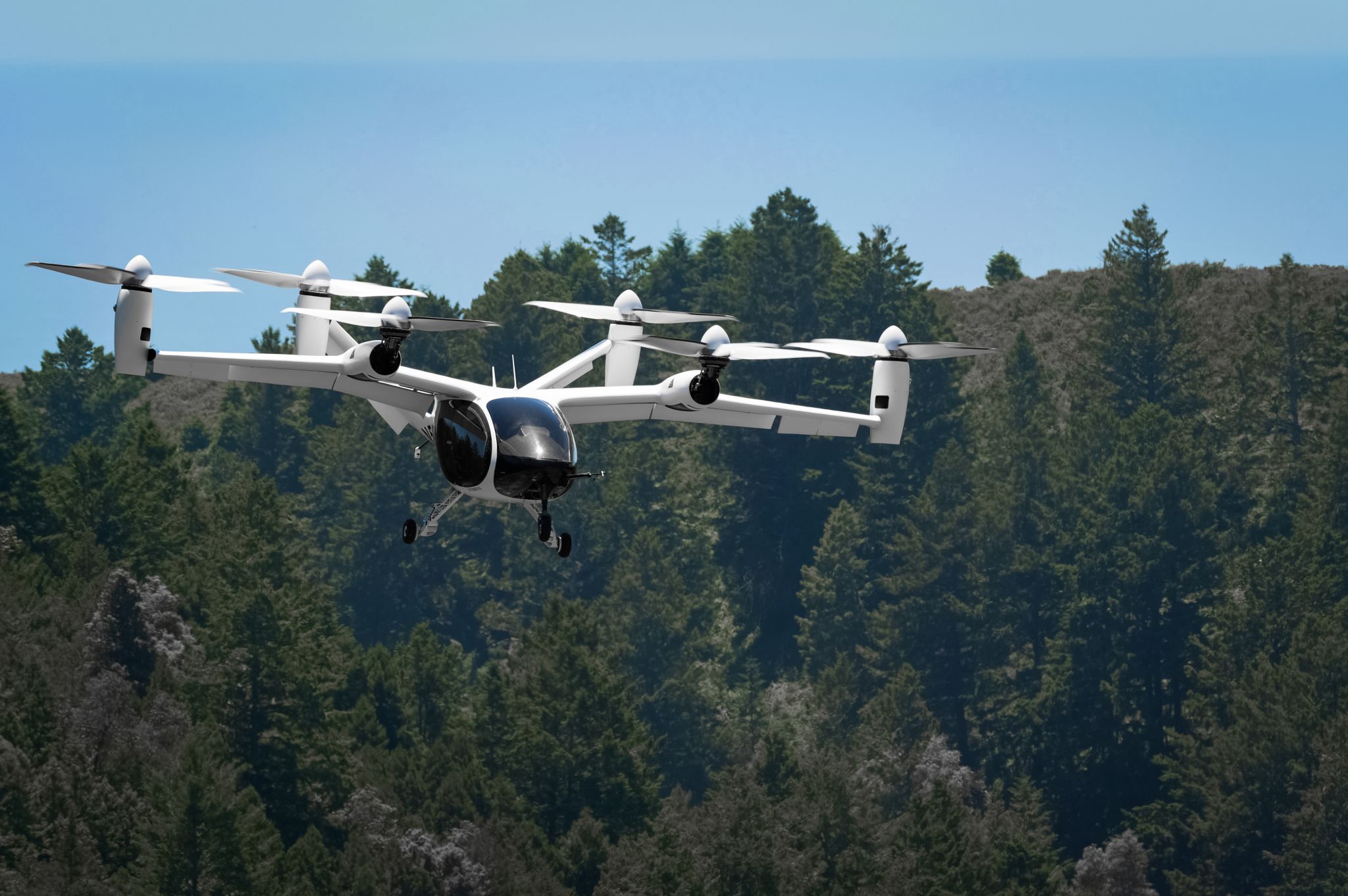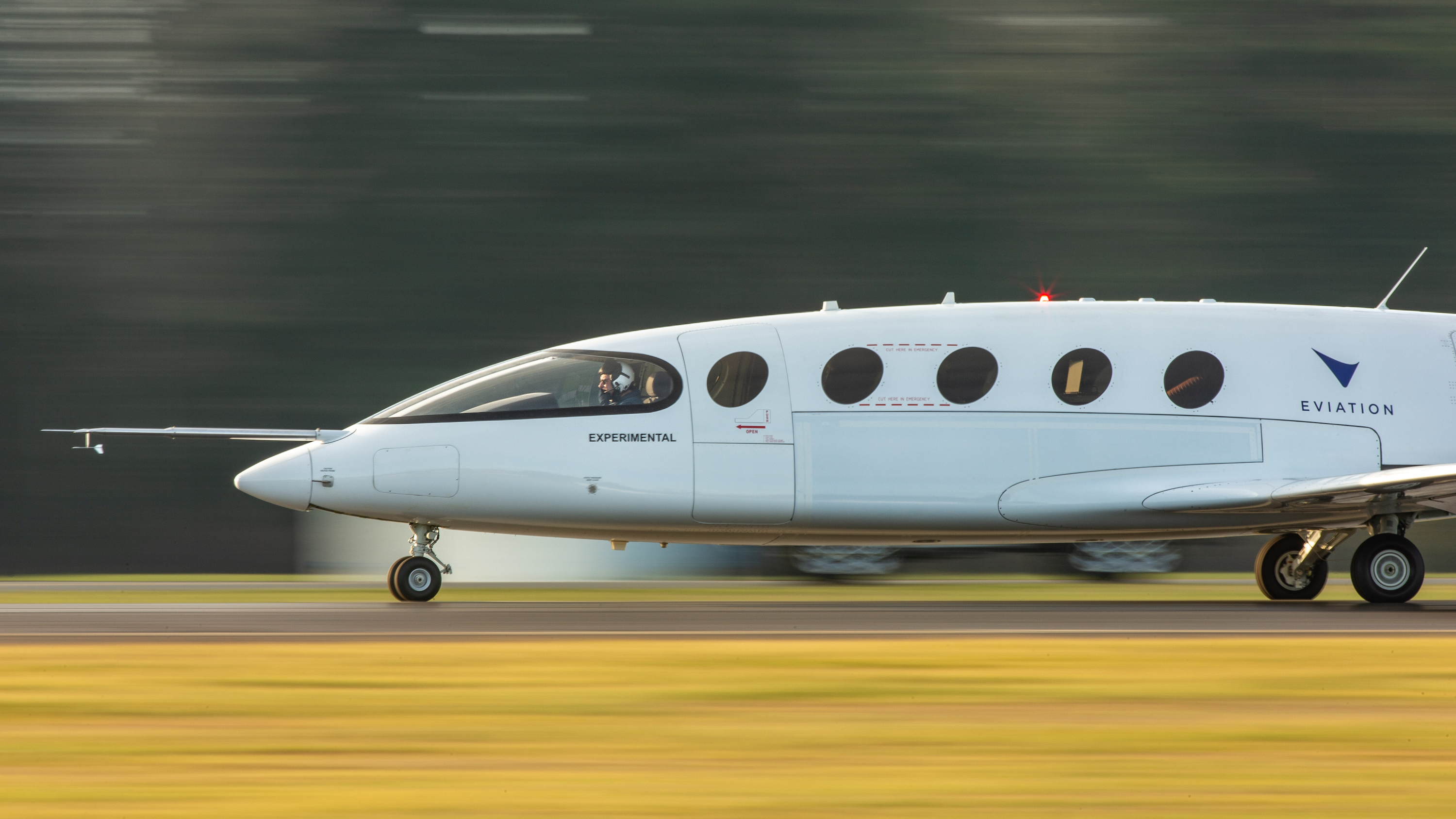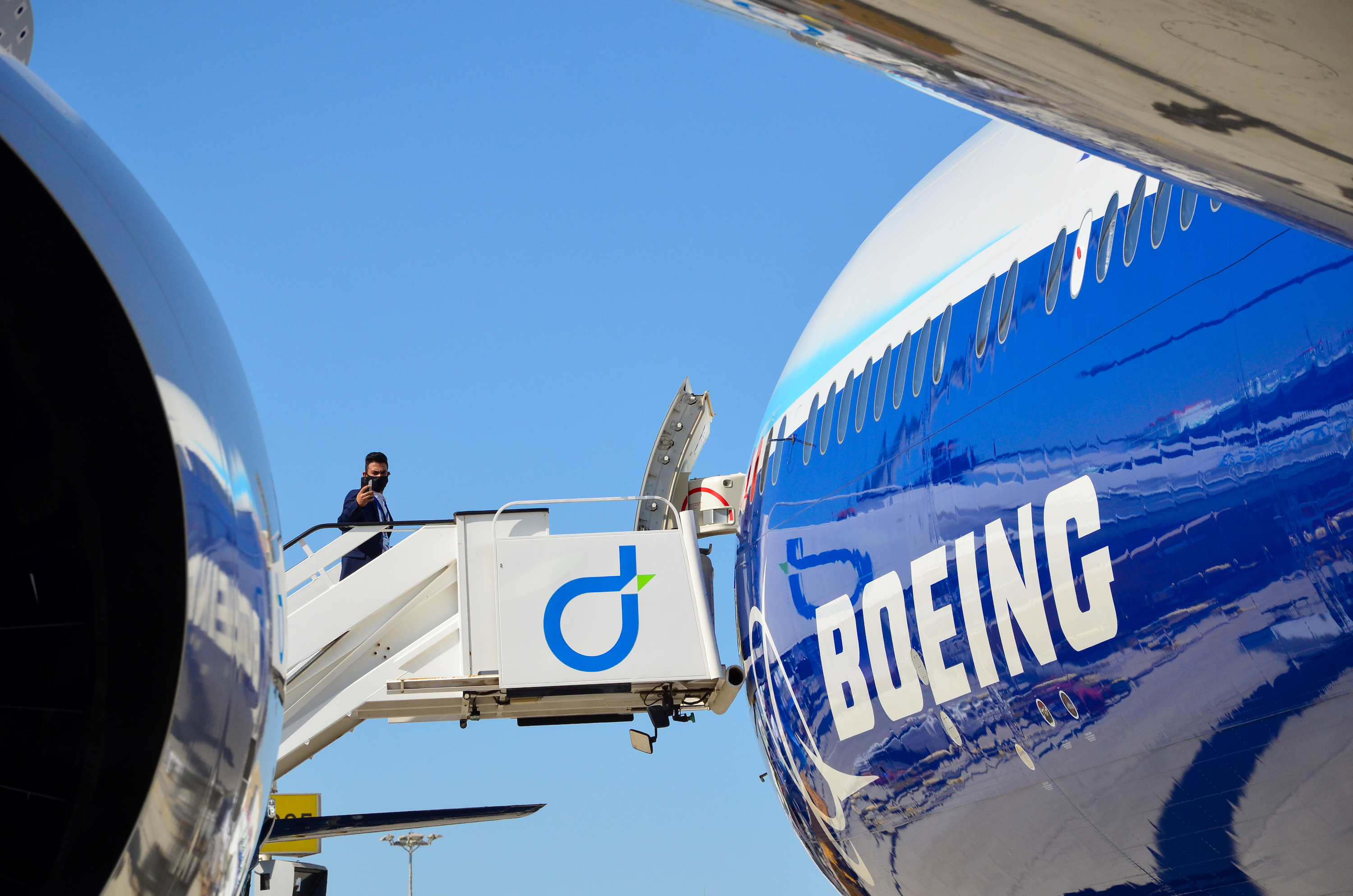Jon Ostrower and Elan Head·
It's been a frenetic week for fleet moves. Alaska Air is formally removing the asterisk on its Proudly All Boeing moniker, Delta got an all-new aircraft type, Air Canada's getting in line for early A321XLRs and the FAA is putting a significant question mark over the availability of the 737 Max 10. After the crash of China Eastern 5736, The Air Current compares historical high rates of descent for key air accidents. It's an important dose of perspective in the early phases of the investigation into what brought down the 737-800. Whisper Drone charts a course for high-speed electric flight. TAC spoke with Whisper Aero founder Mark Moore about its new drone testbed and its prospects as a promising early application for its ultra-quiet electric propulsors.
